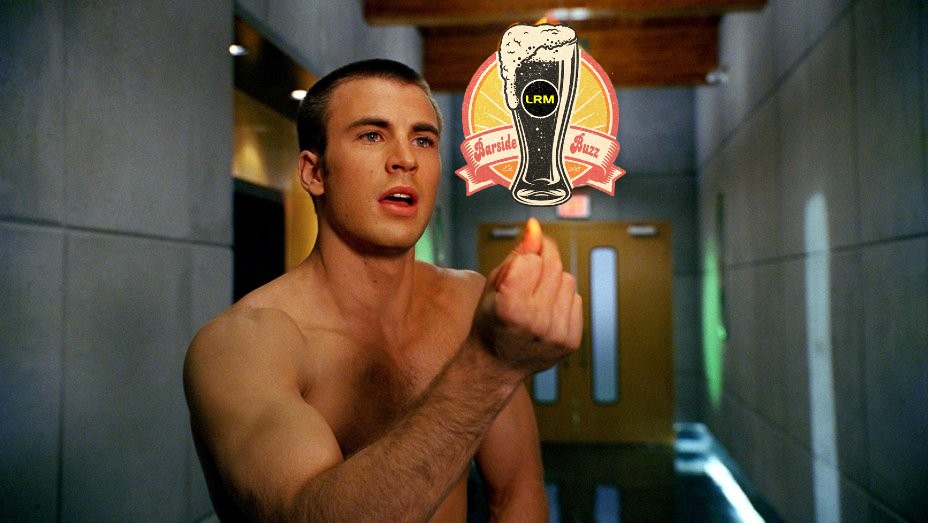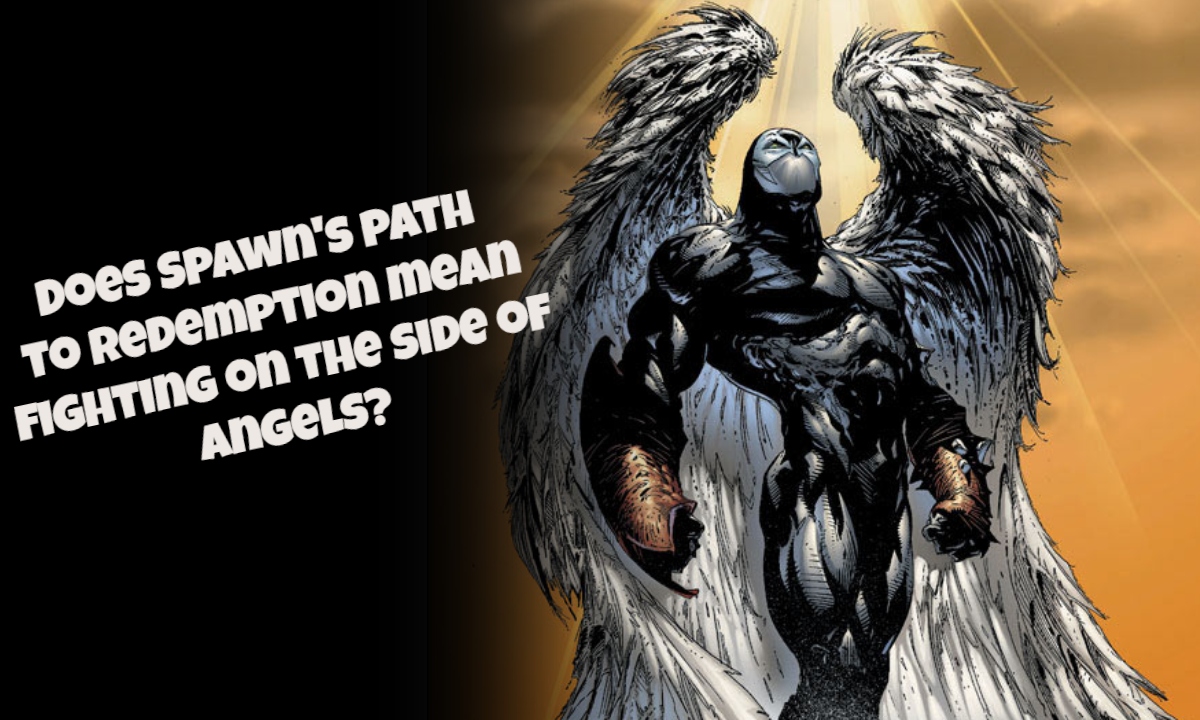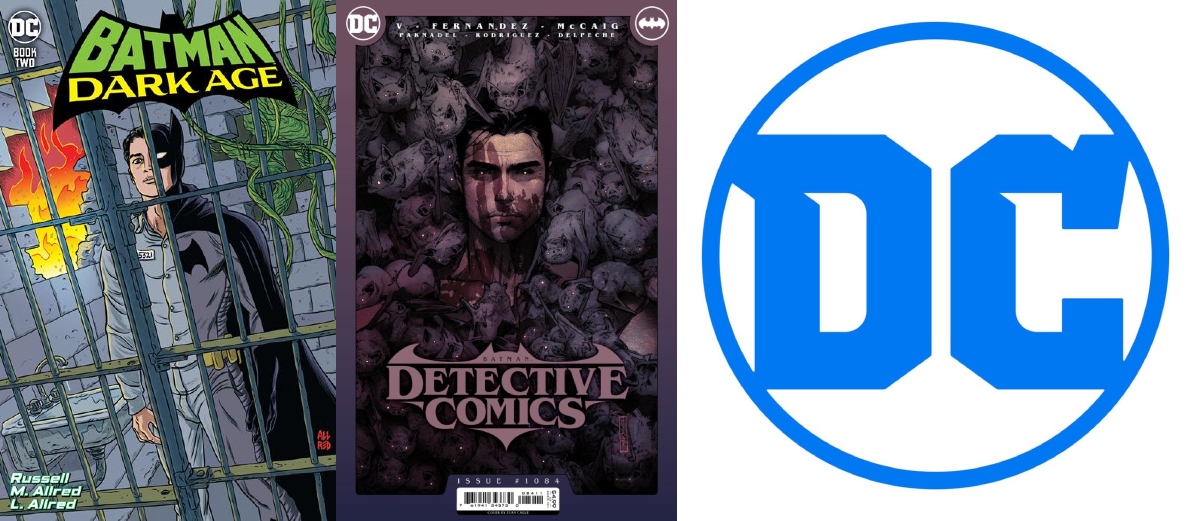
If you go back and watch the original Blade Runner (1982) it’s amazing to realize that all of the effects in that film were done with miniatures, matte paintings, and practical effects while shooting on real sets. Obviously, back in the early 80s computer imagery was in its infancy; Tron also debuted in 1982, which is widely considered the first extensive use of 3D computer graphics in a major film. The real sets and practical effects made the world of Blade Runner feel vibrant and lived-in, and still holds up well today against films that are predominately CG and shot against green-screens.
Actors (unsurprisingly) love real sets. The world of acting is, of course, make-believe, but having tangible props and physical settings allows actors to immerse into their roles. By contrast, some actors find green screens and CG to be frustrating, inhibiting, and even isolating. According to The Guardian, Ian McKellen famously rebelled against the use of green screen in The Hobbit:
“It was so distressing and off-putting and difficult that I thought ‘I don’t want to make this film if this is what I’m going to have to do.’ It’s not what I do for a living. I act with other people, I don’t act on my own.”
Related – Blade Runner 2049 First Reactions Are In, And It Sounds Like We’re In For A Real Treat!
Audiences have become wary about the overuse of CG and green screen in recent year. Even though filmmaking technology has massively advanced since the days of Tron, the illusion of fake sets is often broken by characters, props, and effects can often appear to defy gravity or lack density. So, fans were excited to learn that the sequel to cult-classic Blade Runner would employ real sets and limit the use of CG as much as possible — the results seen in trailers and teasers are stunning.
In a recent press conference attended by LRM, Blade Runner 2049 producer, Broderick Johnson, talked about their choice to employ real sets and props:
“It’s a challenge only in the sense that there’s so much pressure, it was so important to us to try to make the very best film that we could, and we knew that entailed putting, you know, Denis and Roger and all the other incredible artists in the best position to really achieve that art… Real sets, real props, that the care, the love, the specificity that went into every detail of the film really allows the artists to get in there and really create.”
Producer Andrew Kosove added:
“What’s so special about the movie Denis has made, is what makes great science fiction [is that] great science fiction is the humanistic quality of the film, and there are a lot of components that go into that… being able to live in a real universe with real sets with real physical props, it’s the ability to improvise, as opposed to working in green screen. “
Limiting CG and green screen probably reduced the technical overhead in Blade Runner 2049, but it likely also increased the logistical and management requirements. Consider the recent Blade Runner 2049 prequel short, “Nowhere to Run” with Dave Bautista, which takes place in a densely-populated, street market — a green screen version would have only required a few actors and props, but this scene was carefully constructed, crammed with extras, and meticulously shot. Sure, a green screen version might have been more efficient, but the physical nature of the real set added something visceral to the action and the performances, there’s an energy to this scene that I find absent in green-screen heavy films like George Lucas’ Star Wars prequels.
Press and fan reactions to recent Blade Runner 2049 screenings have been off-the-charts. It’s impossible to say what impact real sets and reduced CG had on their comments, but it’s clear from the producer quotes above that it allowed director Denis Villeneuve more freedom and stimulated everyone’s creativity. Hopefully, this old school thinking returns to the norm, as much as I enjoy big-screen spectacles, I truly appreciate the artistry and craftsmanship inherent to practical stunts, effects, and handmade environments.
Do you care whether a movie uses real sets and props or replaces it all with CG and green screens? Let us know in the comments down below!
Blade Runner 2049 hits theaters on 6 October 2018.
Don’t forget to share this post on your Facebook wall and with your Twitter followers! Just hit the buttons on the top of this page.
SOURCE: The Guardian , Independent

 FOR FANBOYS, BY FANBOYS
Have you checked out LRM Online’s official podcasts and videos on The Genreverse Podcast Network? Available on YouTube and all your favorite podcast apps, This multimedia empire includes The Daily CoG, Breaking Geek Radio: The Podcast, GeekScholars Movie News, Anime-Versal Review Podcast, and our Star Wars dedicated podcast The Cantina. Check it out by listening on all your favorite podcast apps, or watching on YouTube!
Subscribe on: Apple Podcasts | Spotify | SoundCloud | Stitcher | Google Play
FOR FANBOYS, BY FANBOYS
Have you checked out LRM Online’s official podcasts and videos on The Genreverse Podcast Network? Available on YouTube and all your favorite podcast apps, This multimedia empire includes The Daily CoG, Breaking Geek Radio: The Podcast, GeekScholars Movie News, Anime-Versal Review Podcast, and our Star Wars dedicated podcast The Cantina. Check it out by listening on all your favorite podcast apps, or watching on YouTube!
Subscribe on: Apple Podcasts | Spotify | SoundCloud | Stitcher | Google Play



